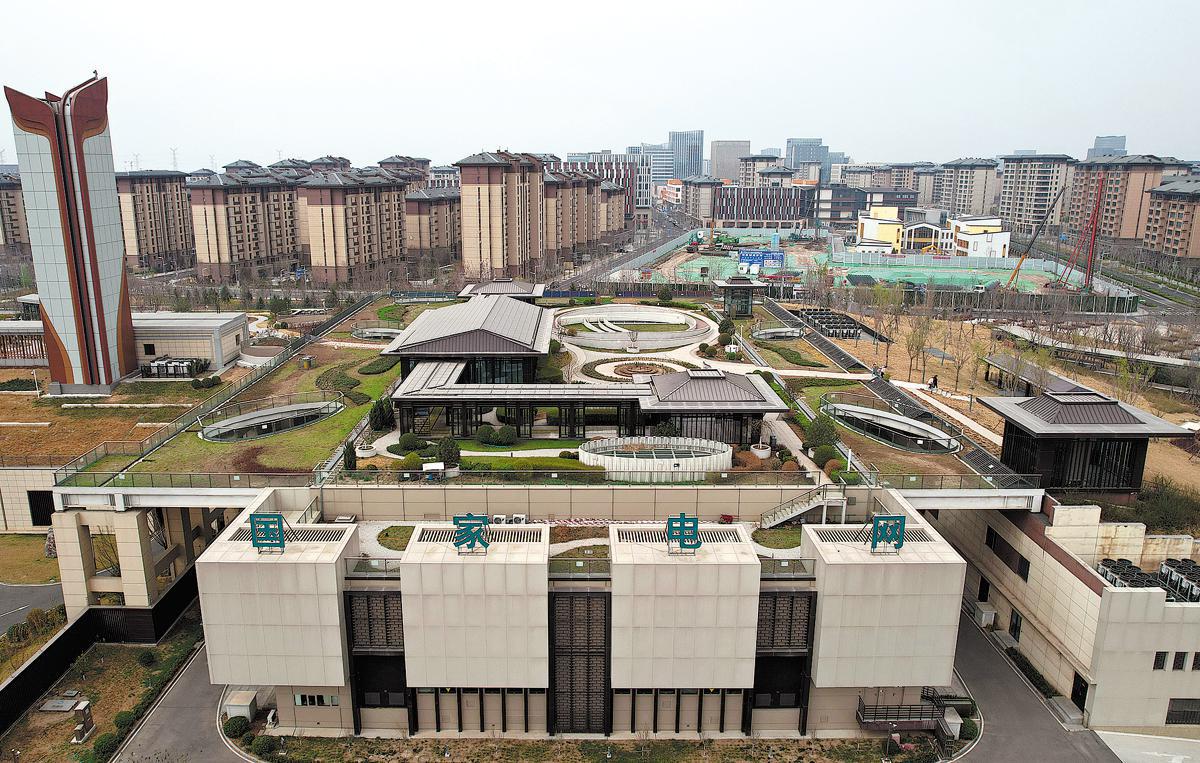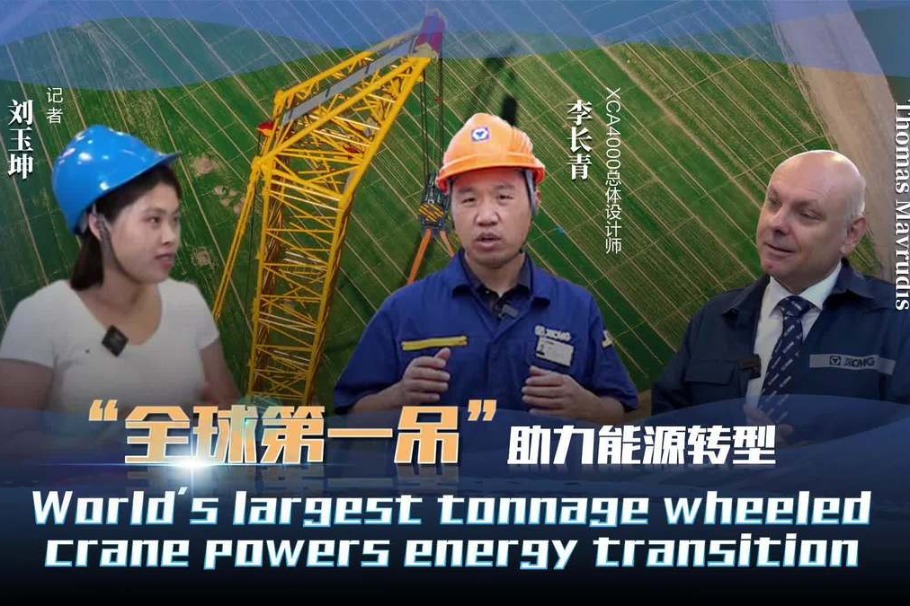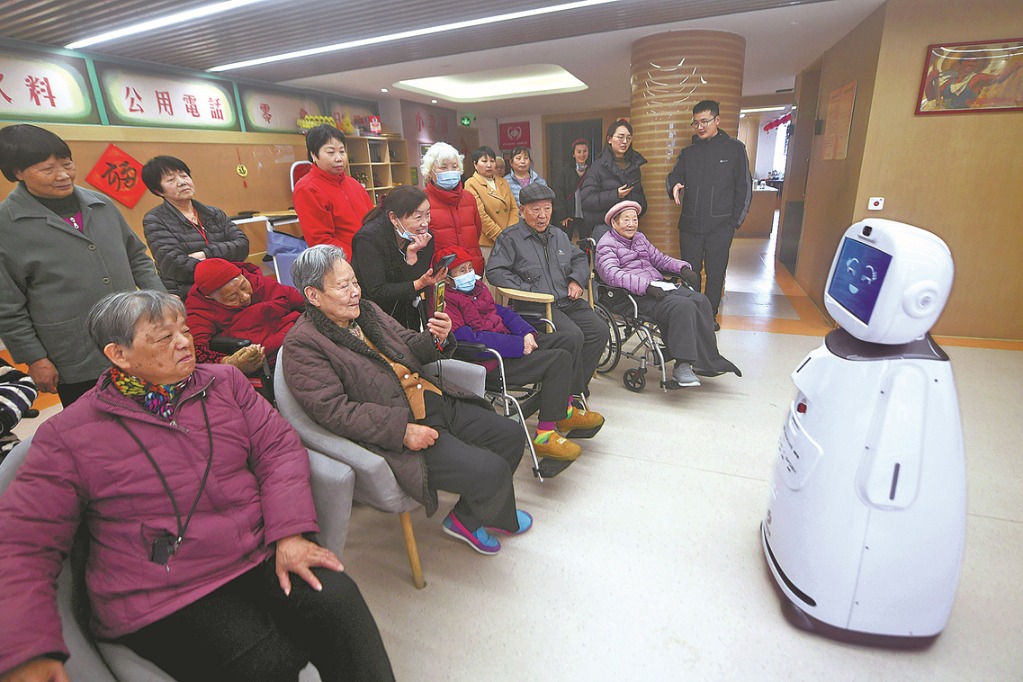'City of the future' champions green energy
Clean power generation put at forefront of Xiong'an New Area's urban planning


Xiong'an New Area is making significant strides in its mission to become a green modern city, said Kong Tao, deputy head of the new area's reform and development bureau.
In a recent interview, Kong detailed the progress Xiong'an has made in building a sustainable and efficient urban energy system, with green energy not only locally generated but also transmitted from external sources.
He said that the new area has developed a robust green power transmission system, utilizing channels of two newly constructed networks in central and southern Hebei, as well as in the northern part of the province.
These infrastructures ensure a stable and secure supply of electricity to the new area, he added.
The power transmission channel from northern Hebei, for instance, helps transport green power from Zhangbei, a county in Hebei that is rich in wind and solar power resources.
Kong listed a series of pilot and demonstration projects launched in the new area to build green, zero-carbon smart energy systems, including the Xiong'an Energy Internet Innovation Center of the State Grid.
He said these projects use solar power and tap into geothermal and other renewable resources, such as air-source energy, and that Xiong'an aims to develop a green, low-carbon and efficient urban heating system, powered by the integrated use of diverse energy sources.
The innovation center is still under construction, and without any decoration, the concrete exterior of its main structure currently appears dull under the sunlight.
In his office just across the road, Xu Huiming, operations director of State Grid Digital Technology Holdings Co's subsidiary in Xiong'an, however, paints a bright vision saying the center would achieve zero carbon dioxide emissions mostly by itself.
Aside from traditional solar panels, there will also be 245 sq m of solar energy floor tiles installed on the rooftops of buildings in the complex, according to the company.
The photovoltaic system will help the complex reduce carbon dioxide emissions by 1,367 tons annually, which is approximately 12.7 percent of its total expected emissions. The adaptation of energy-saving lighting system, office equipment and smart maintenance management is expected to further reduce emissions by nearly 18 percent, Xu said.























